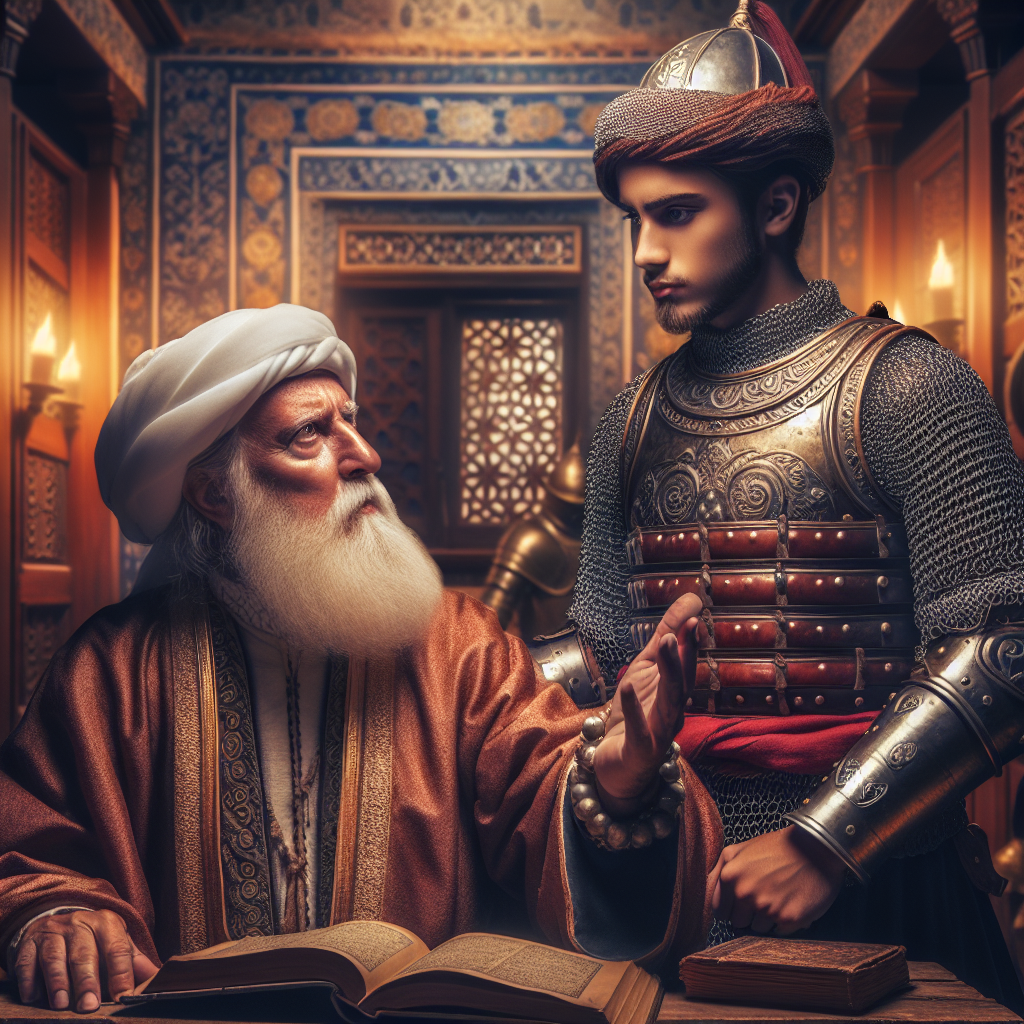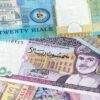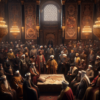
Sultan Mehmed II’s Inclusive Empire Shaped by Religious Policies
Sultan Mehmed II, known as Mehmed the Conqueror, is a towering figure in history for his role as both a formidable conqueror and a visionary statesman. His reign in the Ottoman Empire marked significant territorial expansion and innovative governance that left a lasting impact on the region. One of the most notable aspects of his rule was his religious policies, which played a crucial role in managing the diverse empire he led. This blog post explores Sultan Mehmed II’s religious policies, focusing on the rights of Muslims and non-Muslims and how these policies contributed to the empire’s stability and unity.
The Significance of Mehmed’s Religious Policies
The Ottoman Empire under Mehmed II was a vast and diverse realm, home to a myriad of religious communities, including Muslims, Christians, Jews, and others. To maintain stability and unity within this multi-religious society, Mehmed implemented policies that accommodated religious diversity. These policies were essential for ensuring peace among the empire’s inhabitants while solidifying loyalty to the Sultan. By examining the significance of these policies, we can understand how Mehmed II managed to govern such a diverse population effectively.
Religious Diversity in the Ottoman Empire
The Ottoman Empire was a melting pot of religious groups, each with its own beliefs and practices. Muslims made up the majority, followed by substantial Christian and Jewish communities, among others. This diversity necessitated policies that allowed each community to coexist peacefully. Mehmed’s approach recognized the importance of religious harmony in sustaining the empire’s cohesive structure. By acknowledging the multi-religious composition of his empire, Mehmed laid the groundwork for policies that would accommodate this diversity.
The Millet System: Governing Religious Communities
One of Mehmed II’s most notable contributions to governing religious diversity was the introduction of the millet system. This innovative approach allowed religious communities, or millets, to govern themselves autonomously, thereby preserving their laws, customs, and places of worship. Each millet had the right to maintain its religious institutions and cultural identity, promoting a sense of belonging and respect among different groups. The millet system also integrated non-Muslims into the Ottoman administration, ensuring loyalty to the Sultan while allowing them to live according to their traditions.
Rights of Muslims Under Mehmed II
Mehmed II was committed to upholding Islamic laws and values within the empire, ensuring that Muslims retained their rights and privileges. His policies protected religious leaders, known as the ulema, and facilitated the construction of mosques, thereby supporting Islamic cultural and spiritual life. Mehmed achieved a delicate balance between Islamic principles and state governance, fostering an environment where Islamic culture could flourish. This commitment to Islamic values strengthened the connection between the Muslim population and the empire’s leadership.
Rights of Non-Muslims: Christians and Jews
After the conquest of Constantinople, Mehmed II implemented policies to protect Christian and Jewish communities. He appointed an Orthodox Patriarch, granting Christians religious freedom and the ability to practice their faith openly. Similarly, Jews were allowed to practice their religion freely, and Mehmed often provided refuge to Jewish communities fleeing persecution in Europe. These policies not only ensured religious freedom but also strengthened the social fabric of the Ottoman Empire, demonstrating Mehmed’s commitment to inclusivity.
Religious Tolerance and Inclusivity
Mehmed II’s pragmatic approach to governing a multi-faith empire emphasized religious tolerance and coexistence. Unlike many contemporary rulers, Mehmed valued inclusivity and sought to foster a harmonious society. This approach brought political and social benefits, as it encouraged loyalty among diverse populations and reduced potential for conflict. By comparing Mehmed’s religious policies with those of other empires at the time, we can appreciate the uniqueness of his inclusive approach and its positive impact on the empire.
Rebuilding and Preserving Religious Institutions
Following the conquest of Constantinople, Mehmed II prioritized the restoration and protection of religious institutions. He ensured the preservation of Christian churches, synagogues, and other religious sites, recognizing their architectural and cultural significance. While some buildings, like the Hagia Sophia, were converted into mosques, Mehmed preserved their historical value. He also encouraged religious scholars and clergy to contribute to the empire’s intellectual and cultural life, further enriching the Ottoman society.
Challenges and Criticism of Mehmed’s Religious Policies
Despite the many successes of Mehmed’s religious policies, they were not without challenges and criticism. Balancing religious tolerance with maintaining Islamic authority posed occasional difficulties. Tensions sometimes arose between Muslim elites and non-Muslim communities over privileges and influence. Mehmed’s handling of religious uprisings or resistance from certain groups highlighted the complexities of governing a diverse empire. These challenges underscore the delicate nature of Mehmed’s policies and the nuanced approach required to address them.
Impact of Mehmed II’s Religious Policies on Future Ottoman Rule
The religious policies implemented by Mehmed II had a lasting influence on the governance of the Ottoman Empire. His approach set a precedent for managing religious diversity, providing a model for future sultans to follow. The millet system, in particular, played a crucial role in maintaining stability for centuries, demonstrating the effectiveness of Mehmed’s policies. By examining the long-term impact of these policies, we can see how Mehmed II’s vision shaped the course of Ottoman history and influenced the empire’s ability to thrive amidst diversity.
Conclusion
Sultan Mehmed II’s religious policies were instrumental in the success and stability of the Ottoman Empire. Through his inclusive and tolerant approach, Mehmed fostered a sense of coexistence among diverse religious communities, strengthening the empire’s social fabric. His policies not only protected the rights of Muslims and non-Muslims alike but also set a lasting precedent for future rulers. By examining Mehmed’s approach to governance, students can gain valuable insights into the complexities of managing religious diversity and the enduring impact of his visionary leadership.











